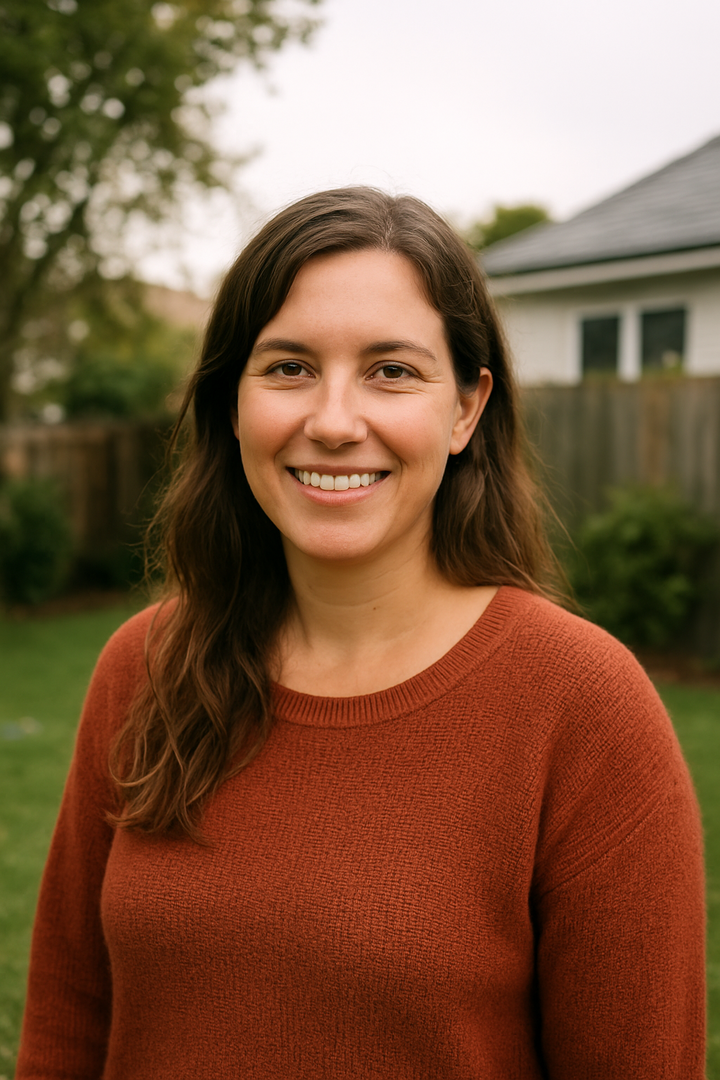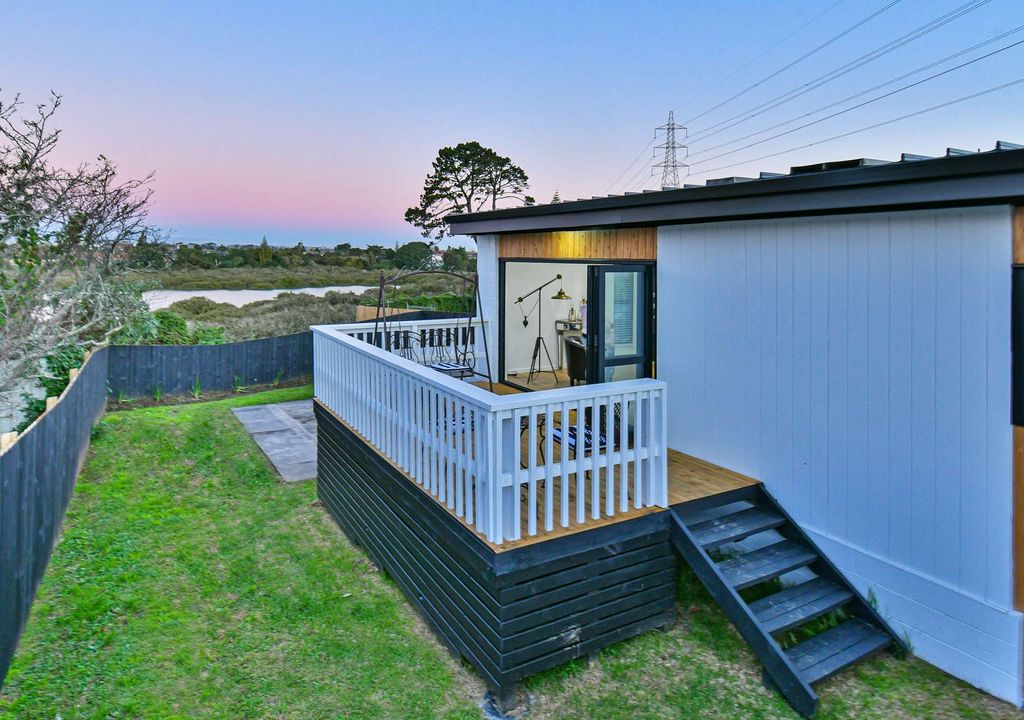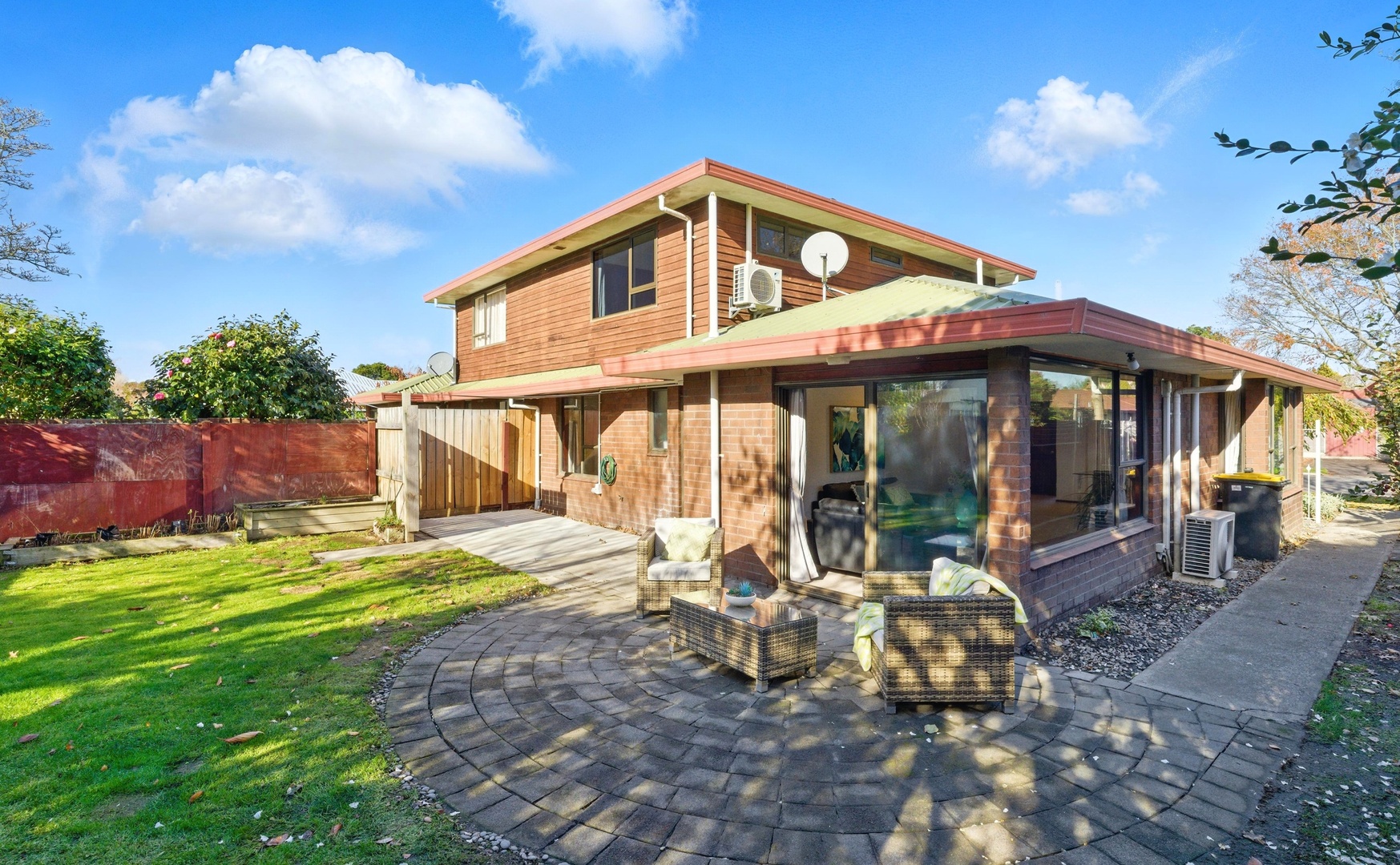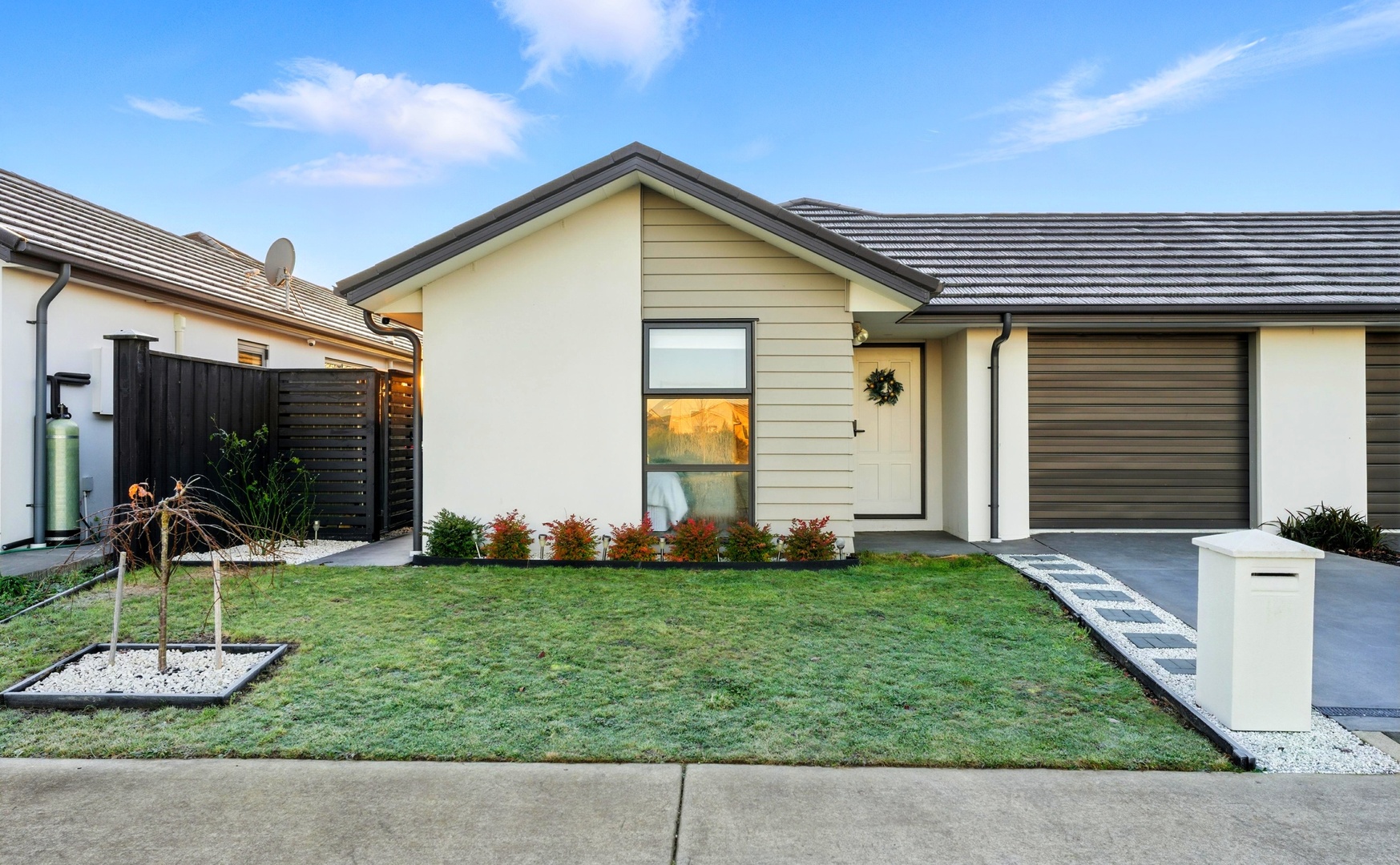



In this article I walk you through buying a house in nz using a real-world case study. I'll break down exactly what a couple earning a combined $120,000 can realistically purchase in today’s market. If you’re thinking about buying a house in nz in 2025, this practical guide will show the numbers, the trade-offs and the decisions you need to make.


To make this practical, let’s meet the couple I used for the example. Emma is 31 and works as a childhood support teacher, earning $55,000 a year. Josh is 32, works in tech support and earns $65,000 a year. Their combined gross income is $120,000. If you’re wondering what that looks like after tax, or whether that’s enough for buying a house in nz, read on.
Using the 2025/2026 tax-year rules that applied to this case study, their combined after-tax pay is:
That combined monthly income is the foundation of everything when you’re buying a house in nz — it determines how much of a mortgage you can service and how comfortable your monthly budget will be after mortgage costs.
How much you’ve saved — and how much of that can legally be used for a deposit — is critical when buying a house in nz. For Emma and Josh, here’s the breakdown:
Important KiwiSaver rules they followed for buying a first home in nz:
Banks will scrutinise your living expenses when you apply for pre-approval. Consistent, documented spending patterns make the approval process smoother. For Emma and Josh, monthly living costs before buying are:
With $8,130 in take-home pay and $4,600 in regular spending, they have $3,530 disposable income each month before considering mortgage repayments. When you’re buying a house in nz, your lender will look at bank statements for several months to make sure those numbers are consistent and realistic.
Interest rates and deposit size are the two biggest levers that determine buying power. At the time of this analysis, major banks were offering:
Deposit options:
Note: These are general guidelines, and you should seek tailored financial advice before committing. I’m sharing these numbers to show what’s possible for buying a house in nz right now.
With a $130,000 deposit (20%) and their income profile, Emma and Josh can realistically target purchase prices between $600,000 and $630,000.
Based on the Debt-to-income (DTI) ration: 470k/$500k on $120k income = 4.2× (well within owner-occupier limit of 6×). When you are buying a house in nz, plan for rate increases. A mortgage calculator that stress-tests 1–2% increases helps ensure you won’t be surprised.
To make this concrete, I looked at three realistic examples across New Zealand markets: an older house in Auckland (Mount Wellington), an older house in Christchurch (Halswell), and a newer build outside Christchurch (Rolleston). All three are within Emma and Josh’s budget when they use their $130k deposit.

3 Bed | 1 Bath
Monthly Costs:
Based on their $8,130/month net income, Emma and Josh can comfortably afford this home to live in, with a strong surplus after mortgage and ownership costs. Their monthly total outgoings are $5,939, leaving monthly savings of $2,191.
Key considerations for buying a house in nz — Auckland context:

3 Bed | 1 Bath
Monthly Costs:
Based on their $8,130/month net income, Emma and Josh can comfortably afford this home to live in. Their monthly total outgoings are $5,962.85, leaving monthly savings of $2,167.15.
This Christchurch option is attractive because it’s closer to the city, in an excellent suburb with lower traffic compared with Auckland and good school zones. However, the older 1985 build means upcoming maintenance is likely. The median sale price in this area is around $850,000, while median rents sit at approximately $640–$680 per week — useful for comparison if Emma and Josh were to rent or consider long-term returns.

2 Bed | 1 Bath
Monthly Costs:
Based on their $8,130/month net income, Emma and Josh can comfortably afford this home to live in. Their monthly total outgoings are $5,684.54, leaving monthly savings of $2,445.46.
Why Rolleston can be appealing when buying a house in nz:
When buying a house in nz, location changes the ownership experience dramatically. Here are the main differences:
Choosing is about trade-offs: location vs house condition vs monthly savings buffer vs long-term growth. That’s the reality of buying a house in nz.
People often think only about the mortgage payment, but ownership costs also include:
Factor these into your monthly affordability assessment. For Emma and Josh, the monthly buffers above already account for a basic estimate of these costs, but you should calculate specific figures for any property you consider.
Success comes down to being realistic and targeted. Focus on:
We released this article to help with managing the Five Real Estate Red Flags to Watch for When Buying a Home in New Zealand.
The short answer is yes — buying a house in nz on a combined $120,000 income is achievable with the right deposit, discipline and location choice. With a $130,000 usable deposit (roughly 20%) and realistic budgeting, Emma and Josh can comfortably buy within the $600k–$630k range. The exact experience varies depending on whether they buy in Auckland, Christchurch or Rolleston:
With disciplined budgeting, a clear understanding of ownership costs, and a realistic view of lifestyle trade-offs, buying a house in nz in 2025 can be both achievable and worthwhile. If you’re preparing to buy, focus on getting your financial records in order, understanding KiwiSaver withdrawal rules, and speaking to advisers to get pre-approval and concrete numbers for your specific situation.
A: KiwiSaver can be used for first-home purchases if you’ve been a member for at least three years, you leave at least $1,000 in the account, and you intend to live in the house. It cannot be used to buy an investment property that you intend to rent out immediately.
A: It depends. Generally, a 20% deposit gives you the best access to lender pricing. There are schemes (for example, K?inga Ora First Home Loan) that allow deposits as low as 5%, but these often come with mortgage insurance or higher costs. Aim for 20% if possible.
A: At the time of the case study, major banks were advertising special fixed rates around 4.89% for one year. Rates change frequently, so when buying a house in nz you should get current rate quotes and stress-test for higher rates to ensure affordability.
A: Townhouses often have lower immediate maintenance cost and can be a good entry point, but historically they’ve shown different capital-growth patterns compared to freehold houses on land. If long-term capital growth is a priority, consider the trade-offs between freehold land and townhouse ownership.
A: Banks will want recent payslips, proof of savings, several months of bank statements to check spending patterns, details of any existing loans or debts (car loans, credit cards), and proof of KiwiSaver balances if you plan to use it for a deposit.
A: In many cases yes: Christchurch often provides more space and better value for similar budgets, with lower traffic and potentially lower ownership costs. However, each person’s priorities differ — commute times, family, work location and growth expectations all matter.
A: Get your bank statements organised, talk to a mortgage adviser for pre-approval, confirm your KiwiSaver withdrawal eligibility, and arrange building inspections for any property you consider. Seeking personalised financial advice is strongly recommended.
Buying a house in nz is a major life decision. With the right preparation — a solid deposit, realistic monthly budgeting, and careful choice of location — it’s possible and often wise. If you’re in the same situation as Emma and Josh, start by getting pre-approved, confirming KiwiSaver details and looking for properties that match your lifestyle and long-term goals. Good luck — and remember that being well-prepared, doing your due-diligence is the best way to make buying a house in nz a positive experience.